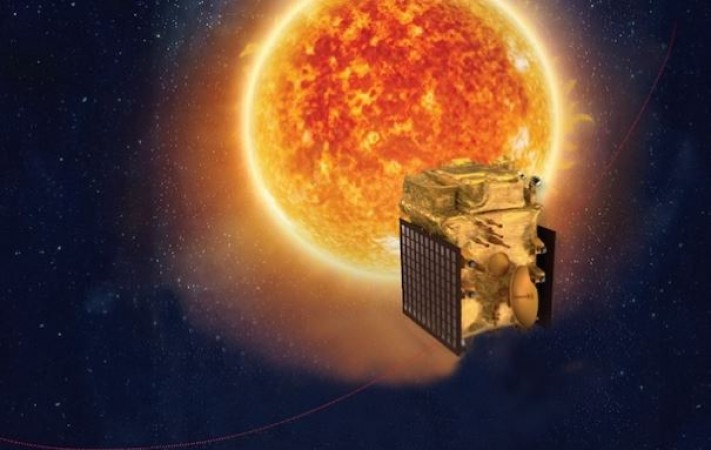
As the Indian Space Research Organisation (ISRO) embarks on its pioneering mission to launch the Aditya-L1 space-based solar observatory, the significance of studying the Sun becomes more evident than ever. India's pursuit of unraveling the enigmatic secrets of our closest star echoes a tradition deeply rooted in ancient Indian texts. Among these, the "Surya Siddhanta" stands as a timeless repository of knowledge about the Sun and its cosmic influence.
The Surya Siddhanta: An Ancient Solar Guide
The "Surya Siddhanta," often considered one of the earliest astronomical texts, encapsulates the profound understanding ancient Indians had about the celestial realm. Thought to have been composed around the 4th or 5th century CE, this text not only presents a comprehensive view of planetary motion but also delves into the Sun's characteristics, its effects on Earth, and the art of timekeeping.
Insights into the Solar Realm:
The "Surya Siddhanta" offers remarkable insights into the Sun's behavior and attributes that continue to resonate with modern astronomical observations:
Solar Dimensions: The text provides an approximate measurement of the Sun's diameter, offering a glimpse into ancient Indian astronomers' observational prowess.
Earth-Sun Distance: Calculations in the "Surya Siddhanta" yield a value remarkably close to the modern estimate of the Earth-Sun distance.
Solar Cycles: The text details the concept of solar years, encompassing various cycles of the Sun's motion, indicating an in-depth understanding of celestial mechanics.
Eclipses and Equinoxes: Precise predictions of solar and lunar eclipses, as well as equinoxes, reflect the meticulous study of the Sun's interactions with the Earth and the Moon.
The Cosmic Harmony: Traditional Wisdom and Modern Science
While the "Surya Siddhanta" was penned in an era predating advanced telescopic observations, its accuracy and depth of knowledge astonish modern astronomers. The text illustrates the interconnectedness of the celestial bodies and the profound influence of the Sun on Earth's environment and life.
Fast-forward to the present, ISRO's Aditya-L1 mission seeks to bridge the gap between ancient wisdom and contemporary technology. By placing a space-based observatory in a halo orbit around the Lagrange point 1 (L1), scientists aim to unlock deeper insights into the Sun's behavior and its impact on our solar system.
Why Study the Sun?
The Sun, the vibrant heart of our solar system, plays a pivotal role in shaping the dynamics of our cosmic neighborhood. Understanding its magnetic activity, solar flares, and solar wind emissions is crucial for space weather prediction, satellite communication, and safeguarding our technological infrastructure.
A Celestial Continuum
The imminent launch of the Aditya-L1 observatory echoes the timeless quest of ancient Indian astronomers documented in the "Surya Siddhanta." This convergence of past wisdom and futuristic endeavors underscores the continuity of human curiosity and exploration. As ISRO's mission takes us closer to the Sun, we pay homage to the ancient Indian scholars whose insights laid the foundation for this cosmic journey. With each step forward, we embrace the boundless expanse of knowledge that bridges the gap between ancient myths and modern realities, all under the luminous guidance of the Sun.
Pro-Khalistan Slogans Deface Delhi Metro Stations Ahead of G20 Summit
Prime Minister Narendra Modi Calls for Global Ethical AI Framework at B20 Summit
First in History: ISRO Reveals Lunar Temperature Insights for Unprecedented Understanding